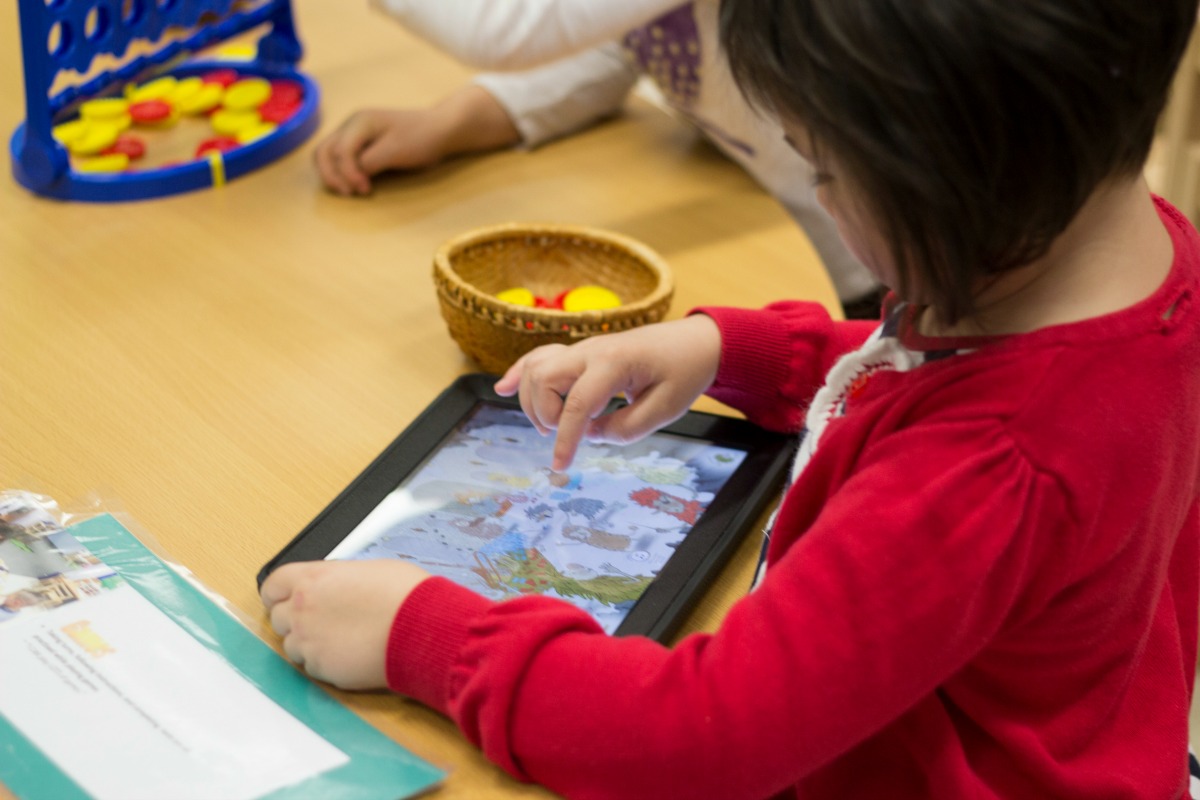Does mobile tech belong in the classroom
Scott Lingley - 19 March 2018

The kinds of mobile technology kids like to use are generally considered distractions in an educational setting, but a University of Alberta education researcher is teaming up with colleagues around the globe to examine how these devices are used in and outside the classroom—and how they might be integrated to improve literacy education.
“[Education researcher] Victoria Carrington says the distinction between online and offline for kids is becoming less clear, but when they go to school it’s very much the silo of ‘now you do your school stuff’ and mobile devices are often put away,” says Linda Laidlaw, a professor in the Department of Elementary Education. “What we want to look at is how the skill sets kids are bringing into schools might be taken up differently in terms of curriculum and specifically in terms of literacy.”
The research project will compile case studies from 14 researchers in five countries for a snapshot of digital technology use at a time when curricula and professional development for teachers are struggling to keep pace with new modes of literacy and aptitude.
“The aim is to gather a lot of small scale research projects from a lot of different sites and see if we notice any patterns,” Laidlaw says. “What we expect is that there will be more similarities between what kids are doing in home environments than what they’re doing school environments. Because in the classroom, kids are often way ahead of what we’re asking them to do.”
Teaching literacy 2.0
She notes that while digital technologies provide a lot of opportunities for young users to read and write, their discernment about the content they’re interacting with isn’t necessarily being fostered.
“Kids know how to do pretty sophisticated things online, but they don’t have the critical skills or even the social skills to maneuver difficult situations. There are kids who spend a ton of time reading and responding, but it’s all on a peer-to-peer level. They could benefit from our input.”
But barriers to effectively integrating digital technologies in classroom learning abound, from the disparities of access between students and between schools to the extra burden it places on teachers to stay abreast of technological changes to outdated curricula and insufficient policy around literacy learning in the current environment.
“Our curricula are good, but they’re still often based on a 20th century understanding of literacy,” Laidlaw says. “And with things shifting so rapidly, the old models of professional development don’t really work to respond as quickly as teachers need. It has to be more ongoing and emergent. We need to offer teachers development and some tools and resources, and really some time to experiment with digital modes and devices.”
A world of opportunities—and challenges
Laidlaw says she hopes the present research project will generate new ideas, frameworks and policy recommendations to support teachers and schools in balancing traditional pedagogy with the opportunities and demands presented by the tech-intensive world outside the classroom. Working with international partners is key to understanding a wide range of challenges and successes that could inform new approaches to tech in the classroom.
“It’s interesting doing that comparative work with other countries. When we started doing this work with Australia, we thought we would find a lot of similarities, but we found that the school systems and policies do create a very different playing field and different opportunities for teachers,” she says.